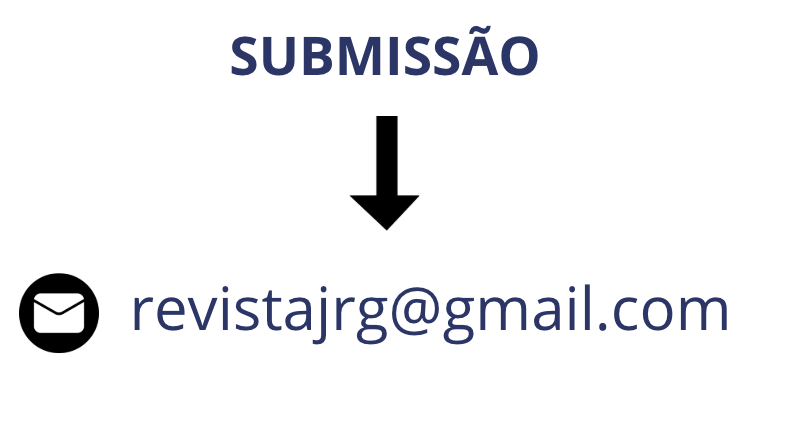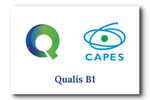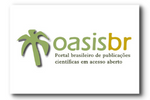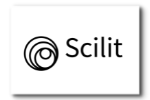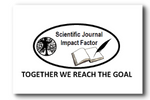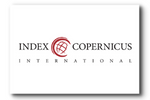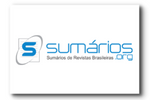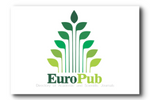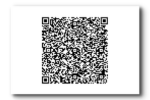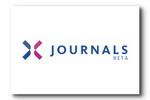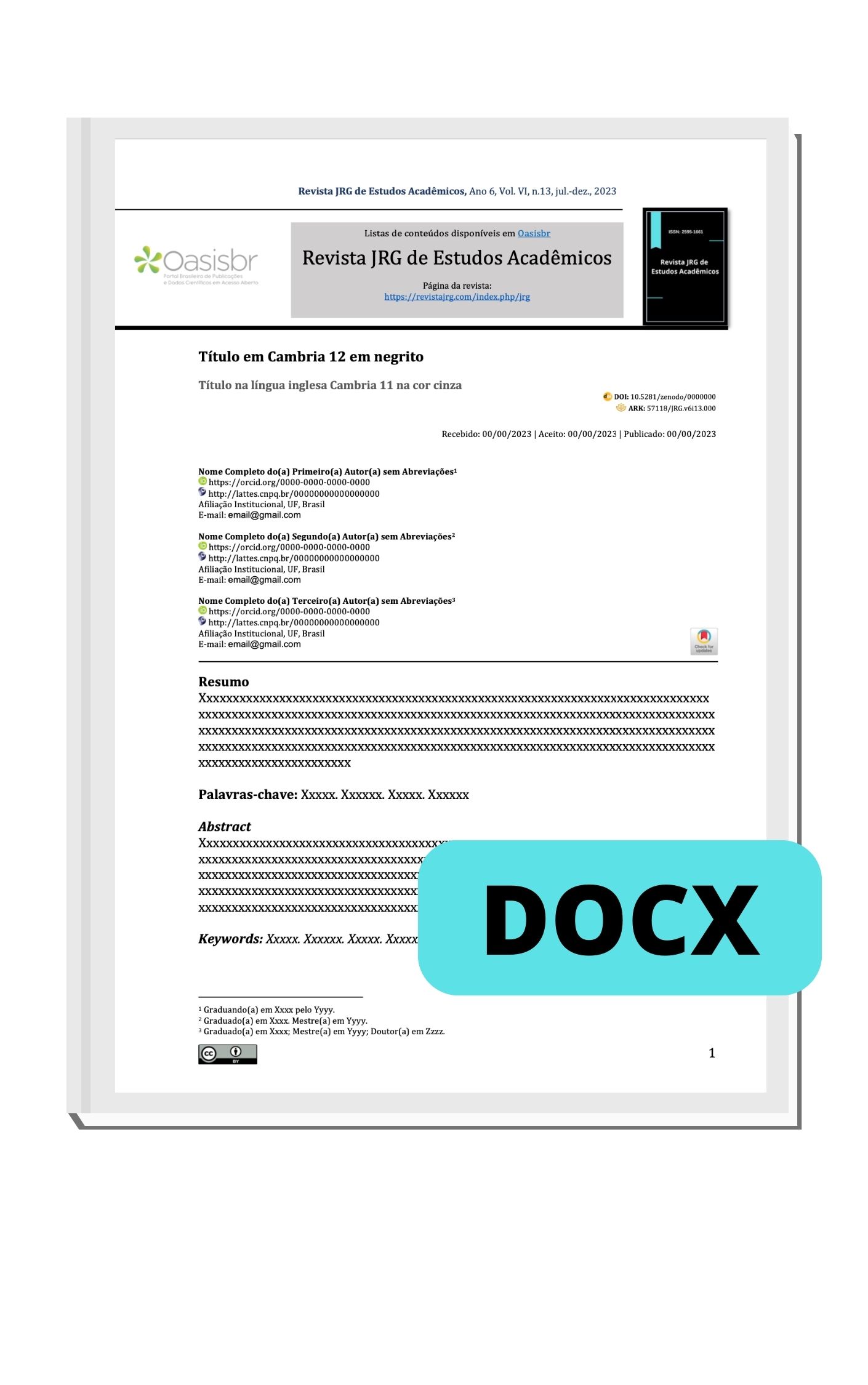Frequency and profile of myelotoxicity induced by chemotherapy in oncology patients at a public hospital in the Federal District
DOI:
https://doi.org/10.55892/jrg.v7i14.927Keywords:
Antineoplastic agents, Incidence, Myelosuppression, ChemotherapyAbstract
Myelosuppression induced by chemotherapeutic agents, defined as the presence of anemia (hemoglobin < 10.0 g/dL), neutropenia (absolute neutrophil count < 1.5×109/L), and/or thrombocytopenia (platelets < 75×109/L), leads to numerous complications for oncology patients. This condition is associated with an increased risk of infections, fatigue, bleeding, escalating healthcare costs, worsening quality of life, and treatment performance deterioration, occasionally requiring dose reduction or cycle postponement. The aim of this study was to investigate the incidence and delineate the profile of chemotherapy-induced myelotoxicity in adult cancer patients at the Regional Hospital of Taguatinga. A descriptive cross-sectional study was conducted, and data were collected from January to December 2022. The analyzed population comprised 267 patients, with an average age of 56.6 years and a predominance of females (73.4%), with breast cancer being the most frequent site. The most prescribed pharmacological class was alkylating agents, recommended for 230 patients. The most frequently prescribed protocols were doxorubicin + cyclophosphamide, with 88 patients (33%), cisplatin monotherapy, with 41 patients (15.4%), oxaliplatin + capecitabine, with 40 patients (15%), and carboplatin + paclitaxel, with 37 patients (13.8%). The carboplatin + paclitaxel protocol was associated with a higher incidence of anemia. On the other hand, the doxorubicin + cyclophosphamide protocol showed a higher propensity for neutropenia, regardless of the grade. Moreover, approximately half of the patients undergoing the oxaliplatin + capecitabine protocol presented with grade 2 thrombocytopenia. Comparative analysis of each parameter associated with myelotoxicity was performed in each chemotherapy cycle, revealing differences between the protocols, ranging from increasing, sporadic, or already evident toxicity in the first cycle, with grade 2 being more frequently observed. These changes manifested after chemotherapy administration, emphasizing the need for ongoing monitoring and interventions.
Downloads
References
AAPRO, M. et al. Management of anaemia and iron deficiency in patients with cancer: ESMO Clinical Practice Guidelines. Annals of Oncology, v. 29, n. October, p. iv96–iv110, 2018.
AAPRO, M. S. et al. 2010 update of EORTC guidelines for the use of granulocyte-colony stimulating factor to reduce the incidence of chemotherapy-induced febrile neutropenia in adult patients with lymphoproliferative disorders and solid tumours. European Journal of Cancer, v. 47, n. 1, p. 8–32, 2011.
BARRETO, J. N. et al. Antineoplastic agents and the associated myelosuppressive effects: A review. Journal of Pharmacy Practice, v. 27, n. 5, p. 440–446, 2014.
BOHLIUS, J. et al. Management of cancer-associated anemia with erythropoiesis-stimulating agents: ASCO/ASH clinical practice guideline update. Blood Advances, v. 3, n. 8, p. 1197–1210, 2019.
CHAN, A. et al. Reporting of myelotoxicity associated with emerging regimens for the treatment of selected solid tumors. Critical Reviews in Oncology/Hematology, v. 81, n. 2, p. 136–150, fev. 2012.
COREY-LISLE, P. K. et al. Transfusions and patient burden in chemotherapy-induced anaemia in France. Therapeutic Advances in Medical Oncology, v. 6, n. 4, p. 146–153, 2014.
DALE, D. C. et al. Myelotoxicity and dose intensity of chemotherapy: Reporting practices from Randomized Clinical Trials. Journal of the National Comprehensive Cancer Network, v. 1, n. 3, p. 440–454, jul. 2003.
EPSTEIN, R. S. et al. Patient Burden and Real-World Management of Chemotherapy-Induced Myelosuppression: Results from an Online Survey of Patients with Solid Tumors. Advances in Therapy, v. 37, n. 8, p. 3606–3618, 2020.
FERRAROTTO, R. et al. Trilaciclib prior to chemotherapy reduces the usage of supportive care interventions for chemotherapy-induced myelosuppression in patients with small cell lung cancer: Pooled analysis of three randomized phase 2 trials. Cancer Medicine, v. 10, n. 17, p. 5748–5756, 2021.
HAVRILESKY, L. J. et al. A review of relative dose intensity and survival in patients with metastatic solid tumors. Critical Reviews in Oncology/Hematology, v. 93, n. 3, p. 203–210, 2015.
KLASTERSKY, J. et al. Management of febrile neutropaenia: ESMO clinical practice guidelines. Annals of Oncology, v. 27, n. Supplement 5, p. v111–v118, 2016.
KURTIN, RN, MS, AOCN®, ANP-C, S. E. Myeloid toxicity of cancer treatment. Journal of the Advanced Practitioner in Oncology, v. 3, n. 4, 1 ago. 2012.
National Institutes of Health. Common Terminology Criteria for Adverse Events (CTCAE). Versão 5.0. National Cancer Institute. US Department of Health and Human Services, 2017.
National Institutes of Health. Dictionary of Cancer terms. National Cancer Institute. Disponível em: <https://www.cancer.gov/publications/dictionaries/cancer-terms/def/myelosuppression>. Acesso em: 10 nov. 2023.
NGUYEN, S. M. et al. Chemotherapy-induced toxicities and their associations with clinical and non-clinical factors among breast cancer patients in Vietnam. Current Oncology, v. 29, n. 11, p. 8269–8284, 31 out. 2022.
REPETTO, L. Incidence and clinical impact of chemotherapy induced myelotoxicity in cancer patients: An observational retrospective survey. Critical Reviews in Oncology/Hematology, v. 72, n. 2, p. 170–179, 2009.
SAH, S. K. et al. Incidence and attributes of chemotherapy induced myelotoxicity, anemia and neutropenia in adults with cancer in Nepal: A cross-sectional observational study. Journal of Oncology Pharmacy Practice, v. 25, n. 8, p. 1823–1830, 2019.
SUNG, H. et al. Global cancer statistics 2020: Globocan estimates of incidence and mortality worldwide for 36 cancers in 185 countries. CA: A Cancer Journal for Clinicians, v. 71, n. 3, p. 209–249, 2021.
RAMISA TAMANG et al. Pattern of adverse drug reactions associated with the use of anticancer drugs in an oncology-based Hospital of Nepal. JMA Journal, v. 5, n. 4, p. 1–11, 17 out. 2022.
TAS, F. et al. Same chemotherapy regimen leads to different myelotoxicity in different malignancies. American Journal of Therapeutics, v. 23, n. 3, p. 1–10, 23 mai. 2016.
UGAI, T. et al. Is early-onset cancer an emerging global epidemic? Current evidence and future implications. Nature Reviews Clinical Oncology, v. 19, n. 10, p. 656–673, 2022.
ZHOU, S. et al. The predictive model for risk of chemotherapy-induced thrombocytopenia based on antineoplastic drugs for solid tumors in eastern China. Scientific Reports, v. 13, n. 1, 23 fev. 2023.
ZHU, C. et al. Profiling chemotherapy-associated myelotoxicity among Chinese gastric cancer population receiving cytotoxic conventional regimens: Epidemiological features, timing, predictors and clinical impacts. Journal of Cancer, v. 8, n. 13, p. 2614–2625, 2017.




